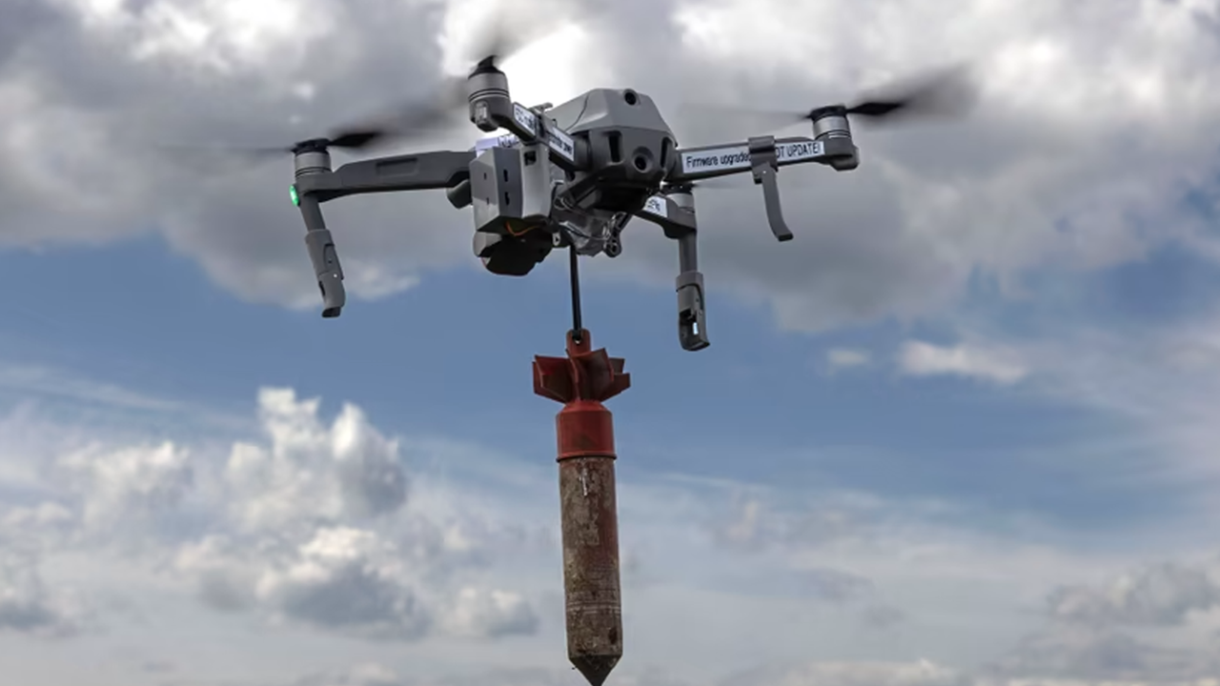
Collision-Based Counter-Drone Tactics: An AI and RF Signal Approach for Neutralizing Aerial Threats
In my thesis, I delved into the burgeoning field of UAV security, given the rapid increase in drone accessibility and corresponding concerns about potential misuse. My primary focus was on countering threats posed by hostile drones in military contexts. I proposed an innovative drone defense system that uses a countermeasure drone, equipped with AI algorithms to analyze RF signals, for threat identification and neutralization.
The backbone of my research was the development of two machine learning models – XGBoost and LSTM. These models were trained on a diverse dataset, including LOS and NLOS RF signals from UAVs, random noise, and UAV controllers. I simulated a real-world environment in Unreal Engine 5 for model validation, mirroring complex scenarios such as the Russia-Ukraine conflict, where drones emerged as a significant strategic factor.
The system’s initial evaluations suggest promising efficacy in countering drone threats, though further investigation is needed to test its adaptability across varying environments and rapidly evolving drone technologies. With this research, I’ve significantly contributed to drone security, introducing an inventive strategy for mitigating aerial threats across various contexts.
ABSTRACT
As a consequence of recent technological advancements in the domain of commercial Unmanned Aerial Vehicles (UAVs), accessibility to these sophisticated tools has become significantly more prevalent among the general populace. However, this escalation in availability also provokes substantial concerns pertaining to the potential exploitation of these UAVs for the execution of malicious activities. Whilst the issues of privacy and military utilization remain paramount, this thesis will concentrate primarily on the military deployment of these drones. Our specific interest lies in the countermeasures developed to thwart hostile attacks. In the presented study, we introduce a novel drone defense system concept that encompasses a countermeasure Unmanned Aerial Vehicle (UAV). This system identifies potential adversarial UAVs by leveraging the analytical capabilities of Artificial Intelligence (AI) algorithms to scrutinize Radio Frequency (RF) signals. Once hostile UAVs are detected, our proposed system neutralizes the threat through a mid-air collision approach. This investigation finds grounding in real-world geopolitical contexts, specifically drawing upon instances like the Russia-Ukraine conflict, wherein the utilization of drones emerged as a significant factor in the strategic landscape. In this research, two distinct machine learning models, namely XGBoost and Long Short-Term Memory (LSTM), were trained on a dataset incorporating both Line of Sight (LOS) and Non-Line of Sight (NLOS) Radio Frequency (RF) signals originating from UAVs, random noises, and UAV controllers. These constructed models were subsequently validated within a simulated environment created in Unreal Engine 5, which approximates real-world scenarios. Preliminary evaluations of this defensive strategy have indicated promising efficacy in mitigating the increasing prevalence of drone threats in military contexts. Nevertheless, additional research is mandated to ascertain the system’s resilience and adaptability across a diverse range of environments and in response to the rapid evolution of drone technologies. The outcomes of this study make a significant contribution to the burgeoning field of drone security, introducing an innovative strategy for neutralizing aerial threats in a variety of situational contexts.


